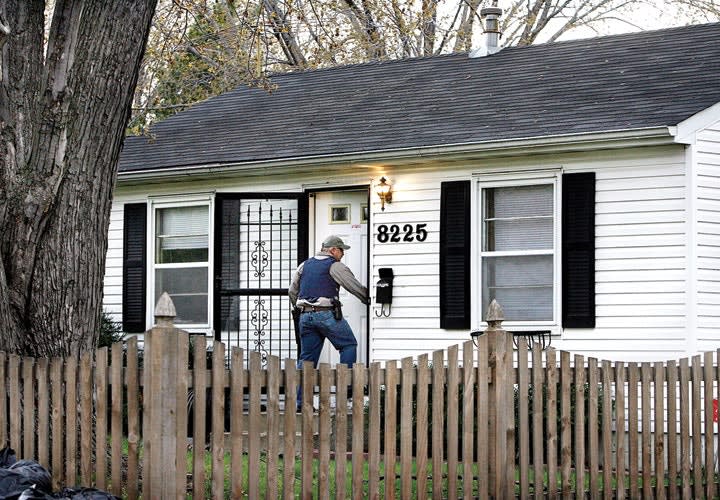Two-officer units allow the driver officer to be more attentive to his or her driving. The less-obligated bookman is then freer to pick up on potential community threats or concerns when not handling the radio or acknowledging a call via his or her MDT.
Teaneck, N.J., police officer John Abraham's death is just one of many fatal single party police crashes wherein the primary causal factor is at best inferred. One thing is known: In the moments leading up to the 2 a.m. crash, he'd been running computer checks on license plates. Had a bookman been handling the MDT, might the crash have been avoided?
Again, the whole "well, maybe we might've had two dead cops" argument could come into play here. Indeed, the single officer car is something some administrators may point to as a reason why officers aren't getting killed with the degree of frequency that they did 40 years ago. However, considering the increased emphasis on tactical training, body armor, and improved medical intervention, one might just as reasonably ask why officer deaths aren't lower than they are.
From the moment she takes the wheel, the solo officer has her hands full. She is expected to somehow simultaneously be cognizant of suspicious activities, effect traffic stops, and respond to calls—all the while navigating her way around a confined environment occupied with dash cameras, mobile digitals, license plate recognition systems, and computers.
And should she be distracted in attending to any one of these components and find herself in a collision, these same confinements may then become projectiles upon impact.













